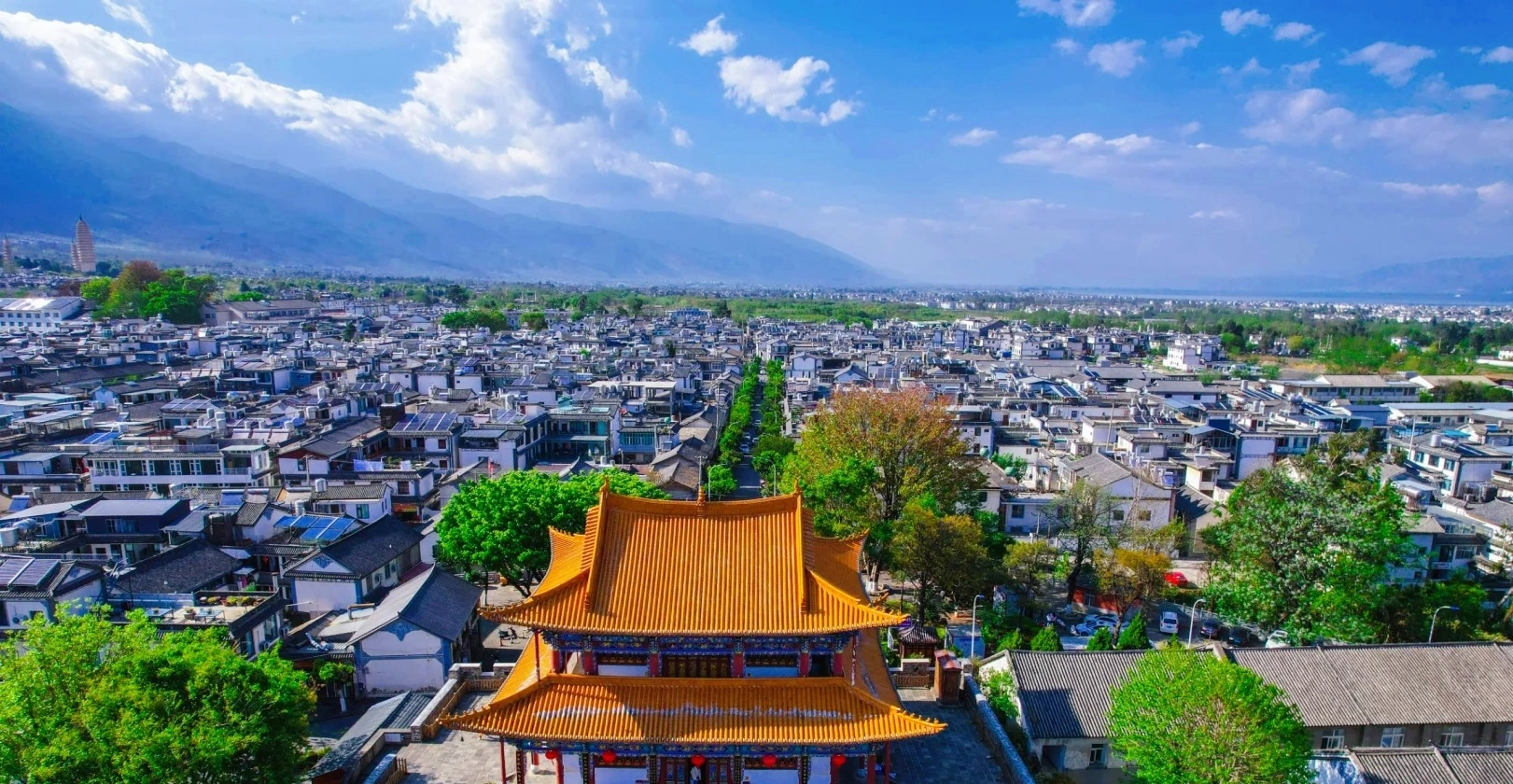Dali Ancient City
Historical Overview
Founded in 1382, the city served as a political and cultural center for ancient kingdoms. After centuries of decline, it was restored in the 1980s, preserving its Ming-era layout. Key events include its role as a tea-horse trade hub and its 1982 designation as a National Historical and Cultural City.
Structural Layout
1. The city follows a chessboard design with four main gates (South Gate is iconic). Key areas include:Renmin Road: The bustling main street lined with shops and cafes.
2. Bai Residential Zones: Traditional courtyard homes with "three rooms and one screen wall" designs.
3. Landmarks: Five Hua Tower, Confucius Temple, and the Foreigners' Street (Yangren Jie).
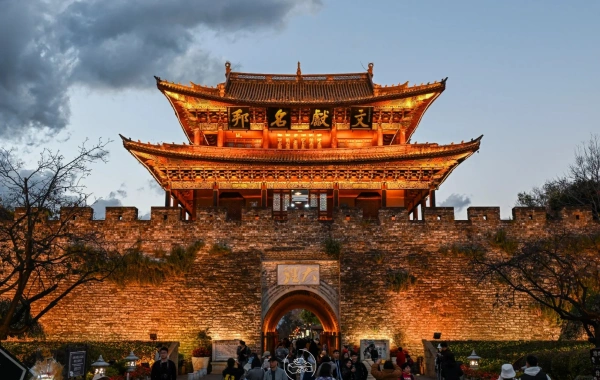
(South Gate of the Ancient City)
Major Attractions
South Gate Tower: Ming-era gate with panoramic city views.
Five Hua Tower: A 19th-century rebuilt pavilion for city panoramas.
Yangren Jie: Lively street with bars, cafes, and Handicrafts.
Confucius Temple: 15th-century temple with ancient steles.
Wuhua Tombs: Archaeological site of the Dali Kingdom rulers.
Red Dragon Well: Scenic canal with waterfalls and local snacks.
Jiang Gong Temple: Memorial to General Jiang Baili, who helped modernize Yunnan.
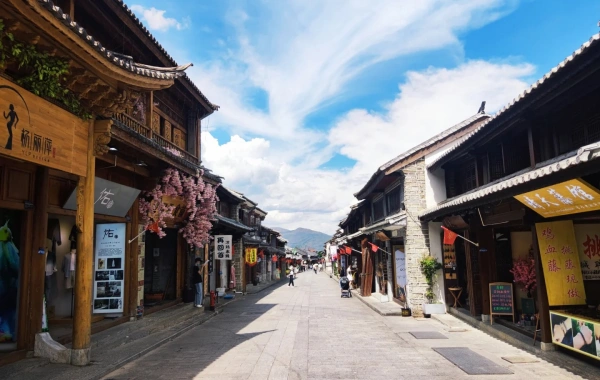
(Ancient town street)
Suggested Itineraries
- Classic Route (2–3 hours):
South Gate → Renmin Road → Five Hua Tower → Yangren Jie → Confucius Temple.
Highlights: Ming architecture, shopping, and street food.
- Cultural Route (4–5 hours):
South Gate → Wuhua Tombs → Bai Houses → Red Dragon Well → Jiang Gong Temple.
Highlights: History, local culture, and Traditional Crafts.
- Full-Day Route:
Combine both routes, adding a visit to a local tea house or扎染 (Tie-dye) workshop.
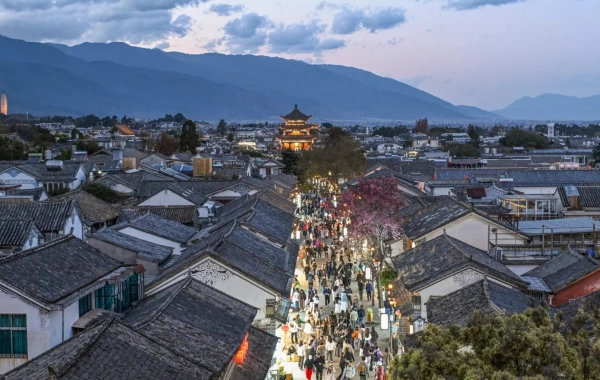
Ticket Purchase
On-Site: Buy at South Gate (¥35/adult, ¥20/students). Free for children under 1.2m.
Hours: 8 AM–6 PM (last entry at 5:30 PM).
Transportation
From Dali Airport: Airport shuttle to downtown, then taxi (¥20–30).
From Dali Railway Station: Bus #8 to South Gate (¥3, 40 mins).
Local: Rent an electric cart (¥20–40/hour) or walk.
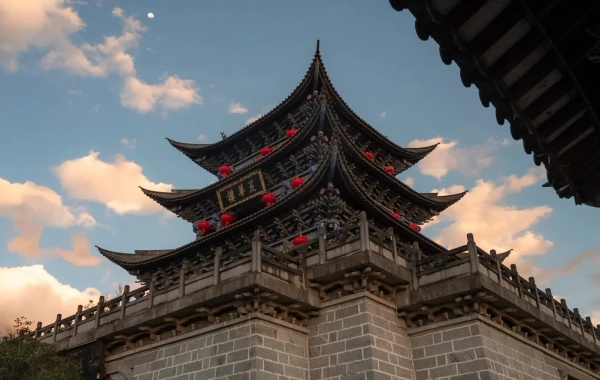
(Wuhua Building)
Best Time & Tips
Avoid Crowds: Visit early (8–10 AM) or late (4–6 PM).
Best Seasons: spring (Mar–May) and autumn (Sep–Nov).
Wear: Comfy shoes for cobblestones.
Respect: Bai traditions; ask before photographing locals.
Try: Baisha Rouluo (rose cake) and Sancha Cha (three-course tea).
Related attractions
Recommened Itinerary
Dali and Lijiang Old Town Tour
If you would like to ask more questions about attractions or have a personalized itinerary, please contact us
Contact Us
What Our Clients Say?
Based on 10,000+ traveler reviews


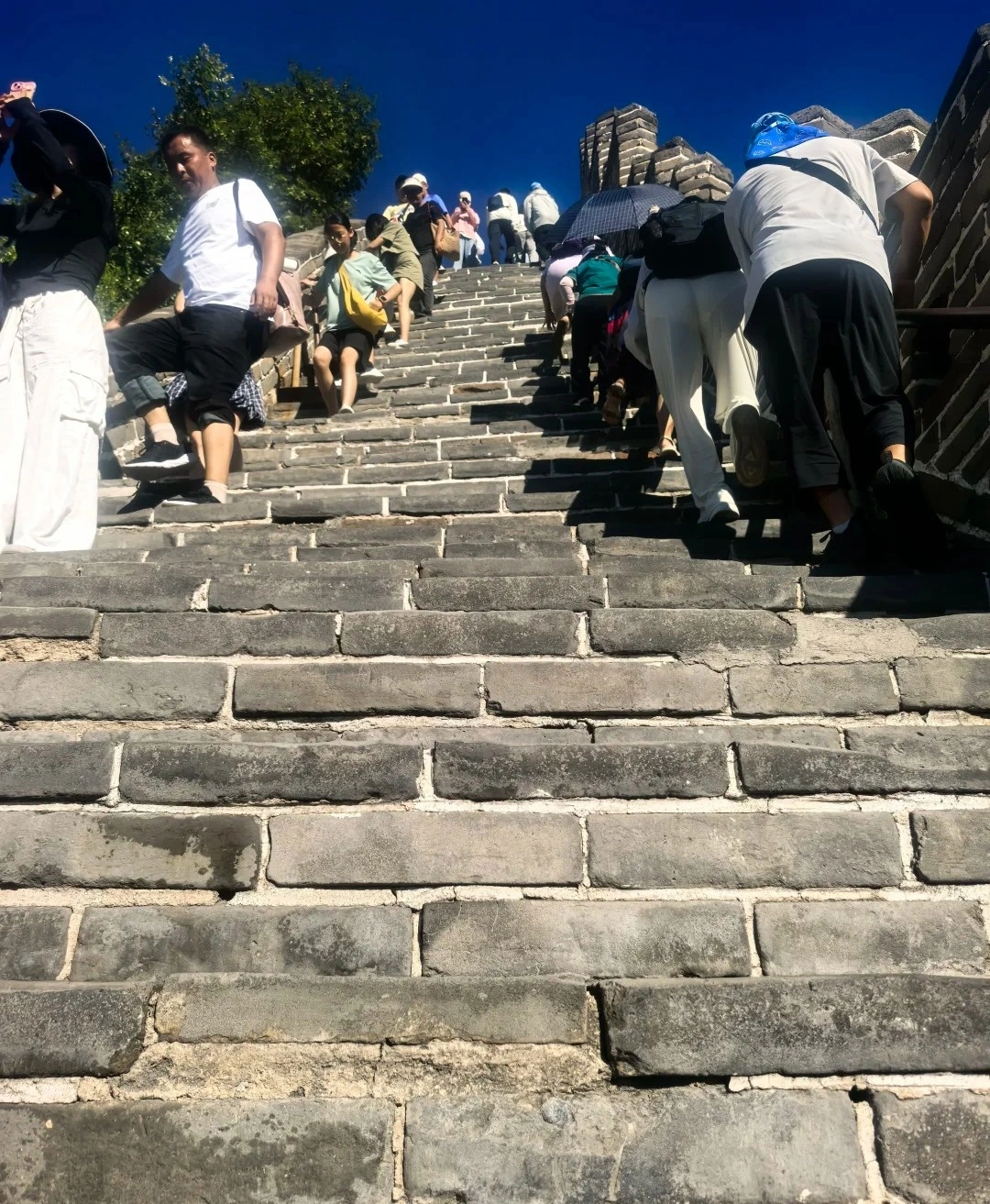



FAQ
What is the most famous natural landscape near Dali Ancient City?
Erhai Lake is the most famous natural landscape near Dali Ancient City. You can enjoy the beautiful lake - view and the scenery along the lake, and it's a great place for taking photos and relaxing.
Are there any good hiking routes around Dali Ancient City?
Yes, there are. You can choose the hiking route along the foot of Cangshan Mountain, where you can enjoy the beautiful mountain scenery, lush forests and clear streams. Another option is to hike along the Erhai Lake, which allows you to get close to the lake, enjoy the lake - view and the scenery of the lakeside villages.
Where can I enjoy the traditional song and dance performances of the Bai ethnic group?
You can enjoy the traditional song and dance performances of the Bai ethnic group in some cultural squares in Dali Ancient City, such as the square near the South Gate. In addition, some restaurants and inns in the ancient city also regularly organize such performances, allowing you to enjoy the wonderful performances while tasting the local cuisine.
What are the transportation options from Dali Railway Station to Dali Ancient City?
You can take a bus, and there are direct bus lines from Dali Railway Station to Dali Ancient City, which is very economical. You can also take a taxi or use ride - sharing services, which are more convenient and fast, but the cost is relatively high. In addition, some hotels in the ancient city provide pick - up services, and you can also contact the hotel in advance to arrange transportation.
What souvenirs are worth buying when shopping in Dali Ancient City?
You can buy Bai ethnic tie - dyeing and batik products, which have unique patterns and strong ethnic characteristics, and are very suitable as souvenirs. Silver jewelry is also a good choice, with exquisite craftsmanship. In addition, Dali - style handicrafts, such as marble carvings and ethnic - style hand - woven products, are also popular among tourists.

